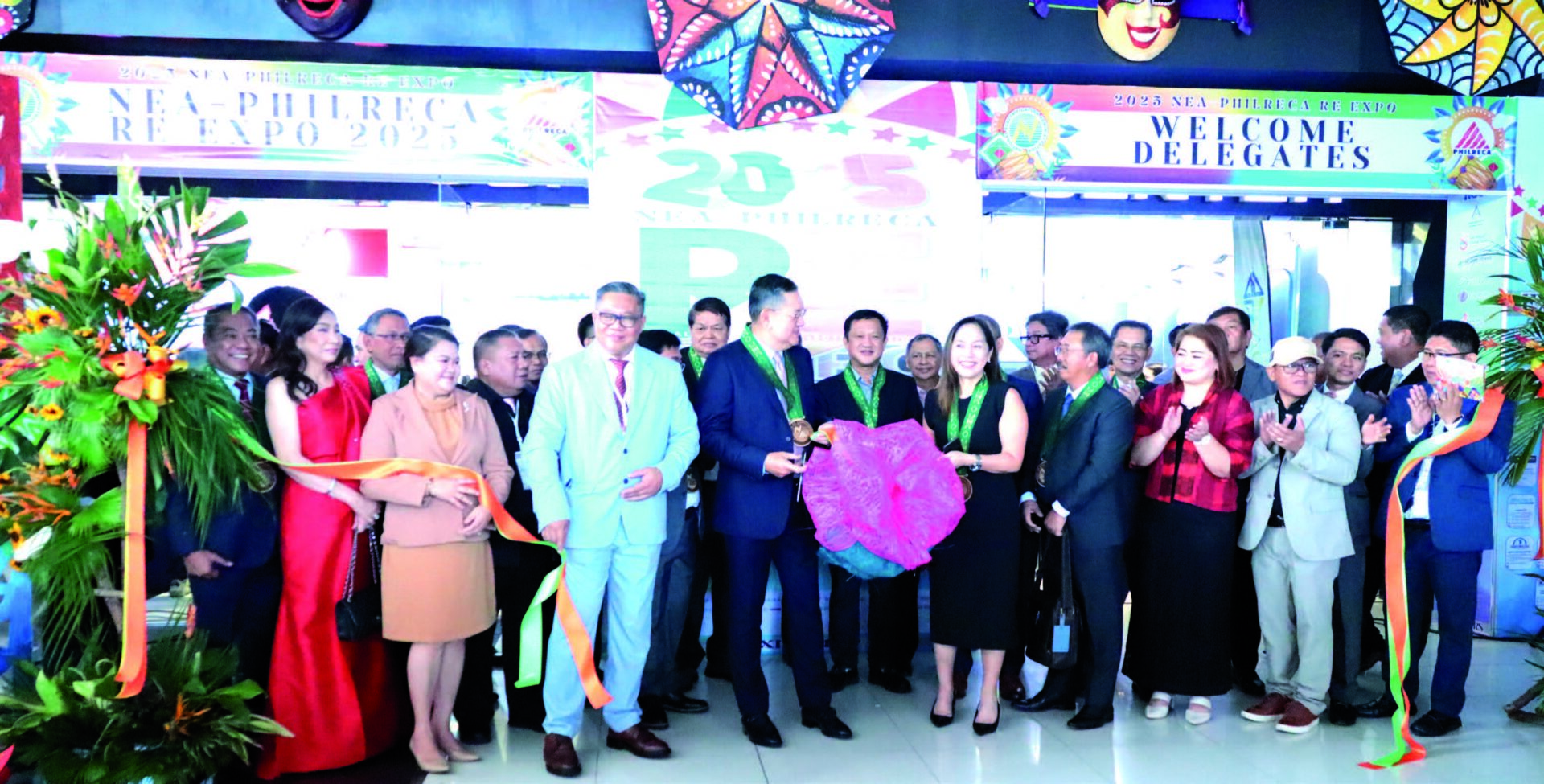As the sun sets over a remote barangay in the Philippines, homes that once relied on kerosene lamps now glow with electric light. This transformation, replicated across thousands of communities nationwide, tells the story of one of the country’s most enduring development successes.
The National Electrification Administration celebrated its 56th anniversary last August during National Electrification Awareness Month, marking more than half a century of bringing power to the Filipino people. What began in 1969 as an ambitious government initiative has evolved into one of the most successful rural development programs in Southeast Asia.
Under the leadership of Administrator Antonio Mariano Almeda, NEA continues its mission to illuminate even the most remote Filipino communities through innovative programs, strategic partnerships, and an unwavering commitment to renewable energy and inclusive development.
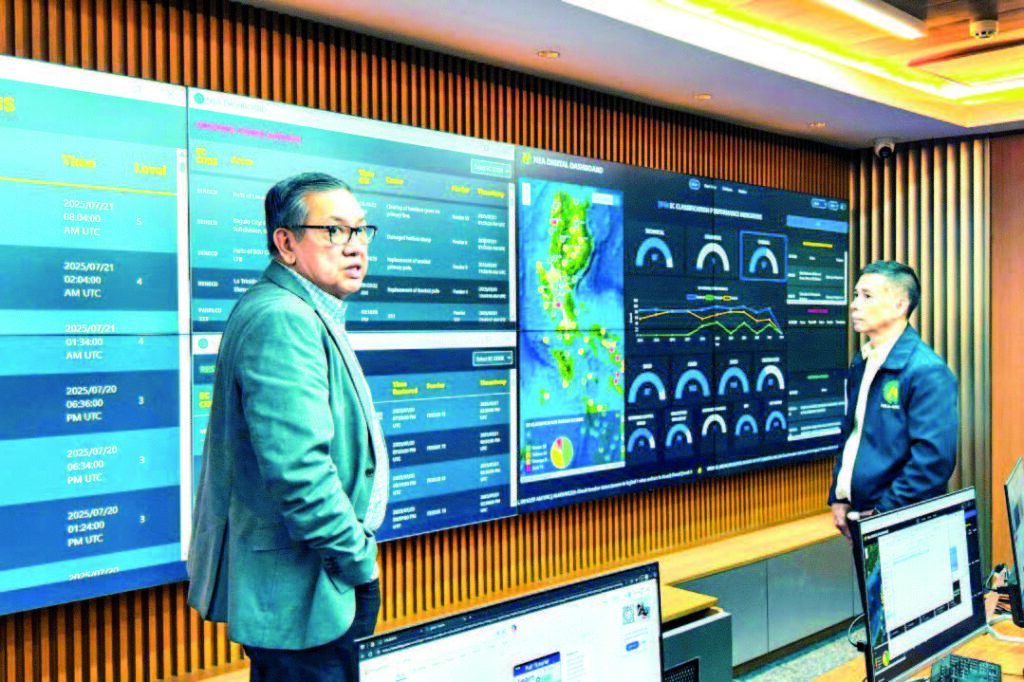
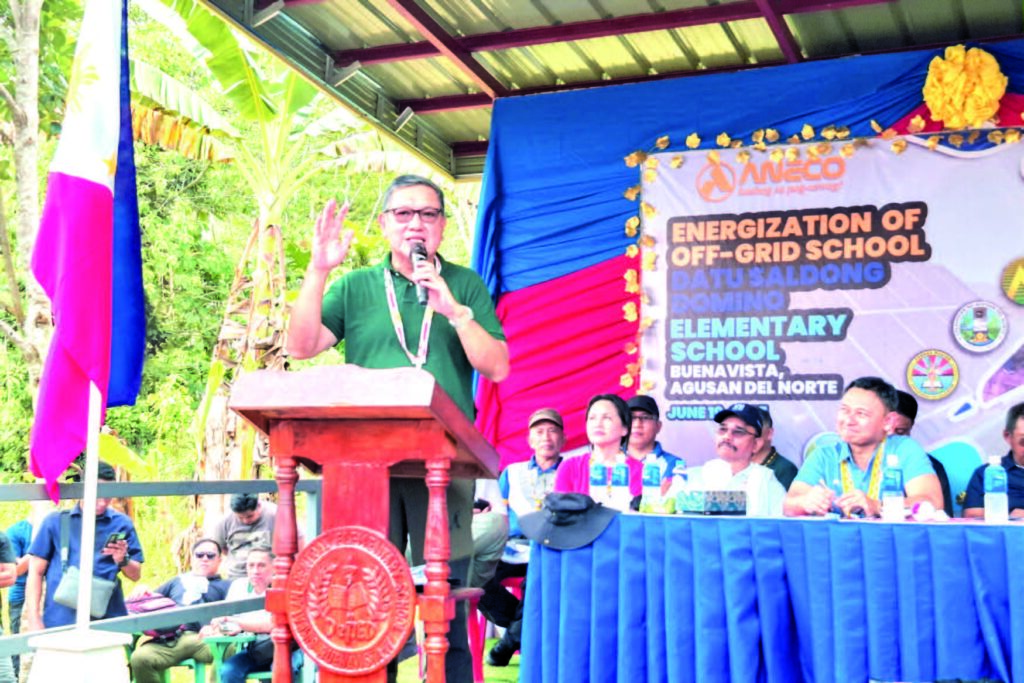
A Nation Transformed by Light
The numbers tell a remarkable story of transformation. As of May 2025, 99.9% of the country’s barangays have access to electricity, with 16.73 million households connected through a network of 121 electric cooperatives. This vast infrastructure spans 79 provinces, 1,485 municipalities and cities, 36,067 barangays, and 130,464 sitios, achieving a household energization rate of 90.52% out of an estimated 18.48 million households nationwide.
This represents a dramatic shift from the early days when private utilities concentrated on profitable urban centers, leaving rural areas in darkness and widening the development gap between city and countryside. The creation of NEA fundamentally changed this dynamic, establishing electricity as a public service that should reach every Filipino, regardless of geography or economic status.
Breaking Barriers, One Community at a Time
NEA’s community-centered approach works through electric cooperatives that understand local needs and challenges. The Sitio Electrification Program exemplifies this grassroots strategy, having energized 584 sitios and added 127,010 new connections in early 2025 alone. Each new connection represents a victory against difficult terrain, complex logistics, and challenging economic conditions.
The agency’s teams regularly traverse mountain ranges, navigate conflict-affected zones, and resolve intricate right-of-way issues with local communities. These efforts have brought power to settlements that private companies once deemed too remote or unprofitable to serve.
Powering Education’s Future
NEA’s impact extends far beyond simple illumination. The Last Mile School Electrification Program, developed in partnership with the Department of Education, specifically targets Geographically Isolated and Disadvantaged Areas. This initiative recognizes that reliable electricity has become essential for educational equity in an increasingly digital world.
The program combines traditional grid extensions with innovative solar home systems from the Photovoltaic Mainstreaming Program, ensuring that even the most remote schools can access reliable power while advancing the country’s renewable energy objectives. Schools that once struggled with basic lighting now have the infrastructure needed for modern educational technology.
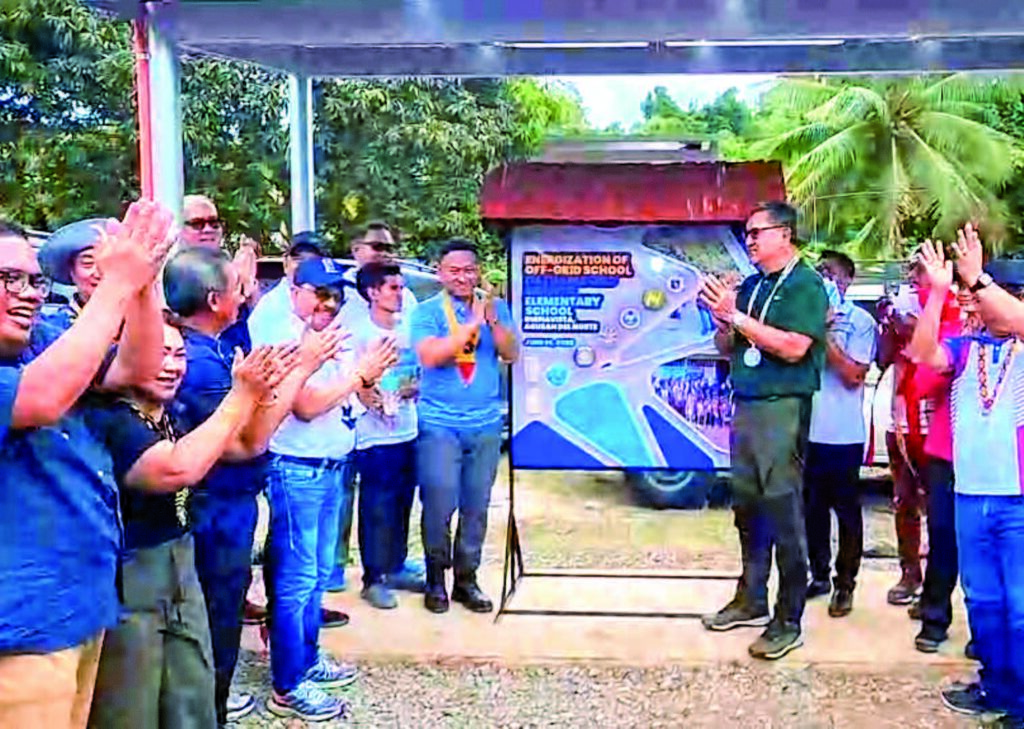
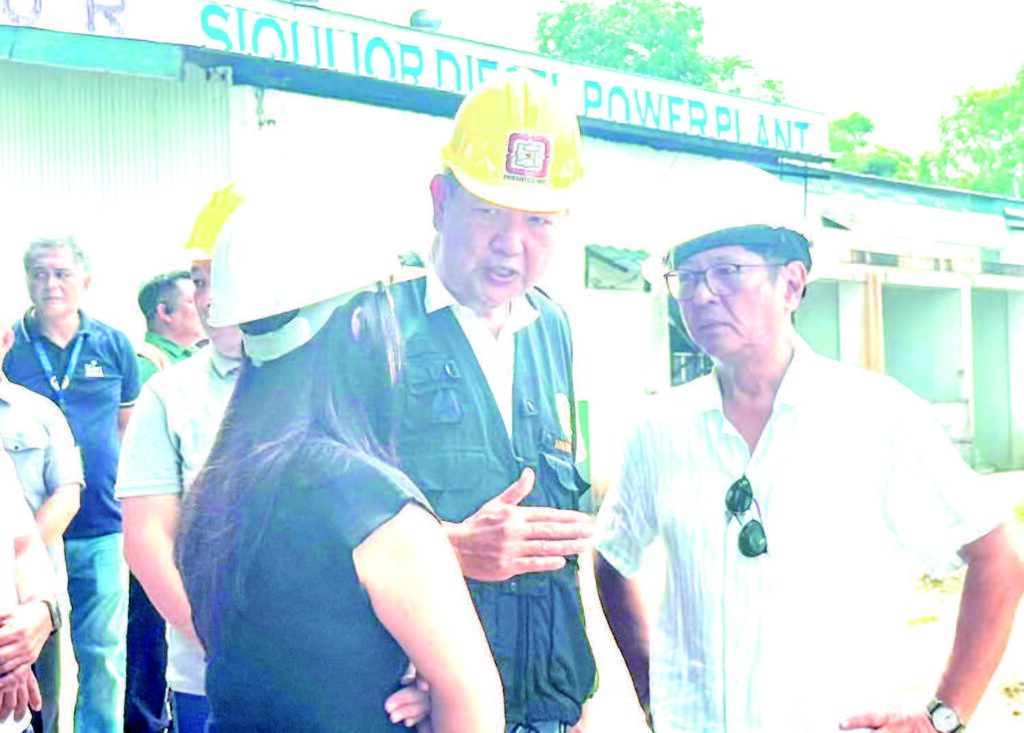
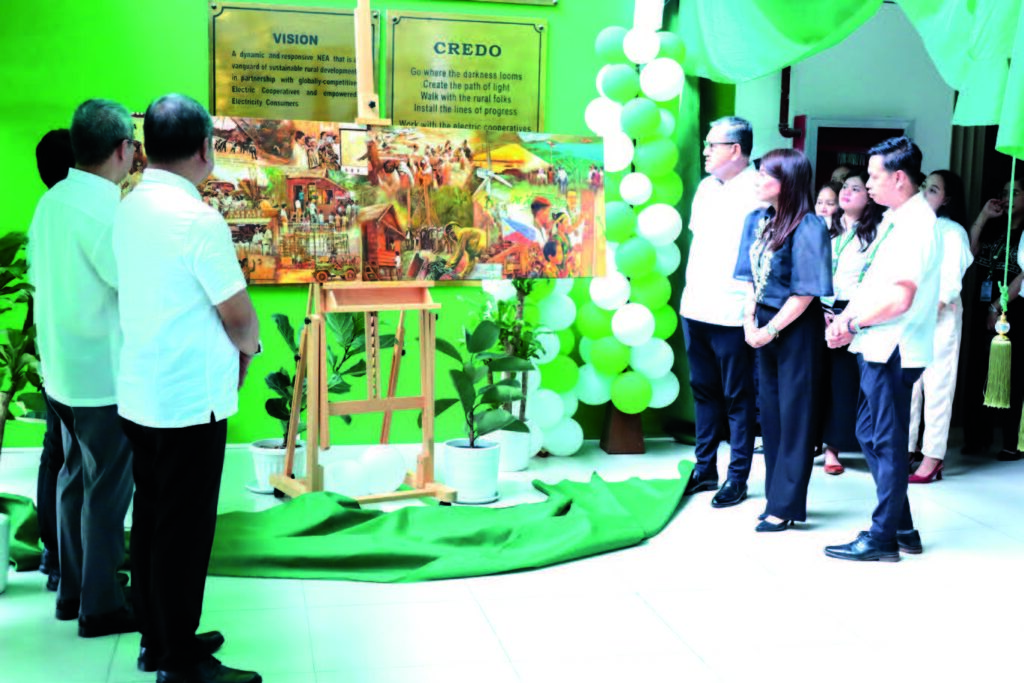
Evolution Through Innovation
NEA’s journey reflects the broader transformation of the Philippine energy sector. The organization has evolved from a purely developmental agency into a dynamic corporate entity capable of operating effectively in the country’s deregulated electricity market. This evolution has demanded new approaches to financial management, operational efficiency, and competitive positioning.
Despite these changes, the fundamental challenges that shaped NEA’s early years persist. Geographic barriers continue to complicate infrastructure development, limited resources constrain rapid expansion, and capacity building remains an ongoing necessity. However, NEA’s adaptive approach has enabled it to maintain its leadership role in rural electrification while embracing new technologies and methodologies.
Renewable Energy Leadership
Under Almeda’s administration, NEA has introduced significant reforms to improve electric cooperative performance. The establishment of a NEA Command Center has enhanced coordination across the network, while improved performance assessment systems and stricter governance qualifications have strengthened institutional capacity.
Transparency measures, including tightened subsidy controls and enhanced audit procedures, have increased accountability throughout the system. These reforms have been accompanied by strengthened partnerships designed to resolve energy supply issues and provide critical support during power crises.
The renewable energy transition has become a cornerstone of NEA’s current strategy. The agency has prioritized adoption through the solar PVM program, with ambitious plans to deploy 50,000 solar home systems by the end of 2025. This initiative addresses both environmental concerns and the practical challenges of serving remote communities where traditional grid extensions remain economically unfeasible.
Overcoming Persistent Challenges
Despite remarkable progress, significant obstacles remain. Difficult terrain continues to complicate infrastructure development, while conflict-affected zones present ongoing security and logistical challenges. Right-of-way issues often delay projects, and inadequate subsidies sometimes fail to cover the high costs of electrifying remote areas.
NEA addresses these challenges through innovative solutions tailored to specific community needs. Off-grid areas benefit from solar home systems and microgrids, while hybrid systems ensure reliable power in areas where single-source solutions prove insufficient. For some island communities, the agency has even explored submarine cable connections as a viable electrification strategy.
Supporting National Development Goals
NEA’s current strategy aligns closely with the Philippines’ goal of achieving upper-middle-income status by 2030. Reliable electricity serves as a foundation for productivity, innovation, and essential services including education and healthcare. With electrification currently at roughly 90%, NEA has set an ambitious target of achieving full coverage by 2028, with particular focus on underserved missionary areas that hold significant potential for rural economic development.
The agency’s affordability initiatives include subsidies through the Universal Charge for Missionary Electrification and strategic deployment of solar home systems and microgrids in areas where traditional grid extensions prove impractical. These efforts reflect NEA’s commitment to ensuring that electricity access remains inclusive and sustainable.
Looking Toward a Renewable Future
NEA’s vision for the next two decades envisions a Philippine power sector that is more resilient, sustainable, and inclusive. The agency anticipates renewable energy comprising at least 50% of power generation by 2040, supported by advances in smart grids, energy storage, and decentralized systems that can accommodate growing demand while balancing economic and environmental objectives.
Electric cooperatives play a crucial role in this energy transition. Under the Renewable Portfolio Standards, these cooperatives are mandated to integrate renewable sources, expanding clean energy reach while improving operational efficiency. Leading examples like Romblon Electric Cooperative, which harnesses diverse renewable resources, demonstrate the potential for ECs to become pioneers in sustainable energy development.
NEA continues to pilot renewable energy solutions specifically designed for community needs, including stand-alone solar kits for remote households and hybrid microgrids for larger settlements. This approach ensures that the energy transition benefits all Filipinos, not just those in urban centers with existing infrastructure.
The Path Forward
As NEA approaches its sixth decade of service, the organization remains focused on completing its original mission while adapting to new energy realities. The agency’s modernization efforts include upgrading distribution systems to support greater efficiency, enhanced resilience, and seamless integration of intermittent renewable sources.
These infrastructure improvements serve dual purposes: reducing emissions while ensuring that sustainable electrification reaches every corner of the archipelago. NEA’s commitment to this balance between environmental responsibility and universal access reflects the complex challenges facing developing nations in the 21st century.
The story of NEA’s 56 years demonstrates how sustained commitment, adaptive strategies, and community-centered approaches can overcome seemingly insurmountable obstacles. From its humble beginnings in 1969 to its current status as a leader in rural electrification and renewable energy integration, NEA has proven that bringing light to every Filipino home is not just a technical challenge—it’s a national imperative that drives inclusive growth and sustainable development.
As the agency works toward its 2028 goal of full electrification coverage, each new connection brings the Philippines closer to a future where geography no longer determines access to one of modern life’s most fundamental services. In remote sitios across the archipelago, the lights that come on each evening represent more than just electricity—they illuminate pathways to education, economic opportunity, and a more equitable future for all Filipinos.

